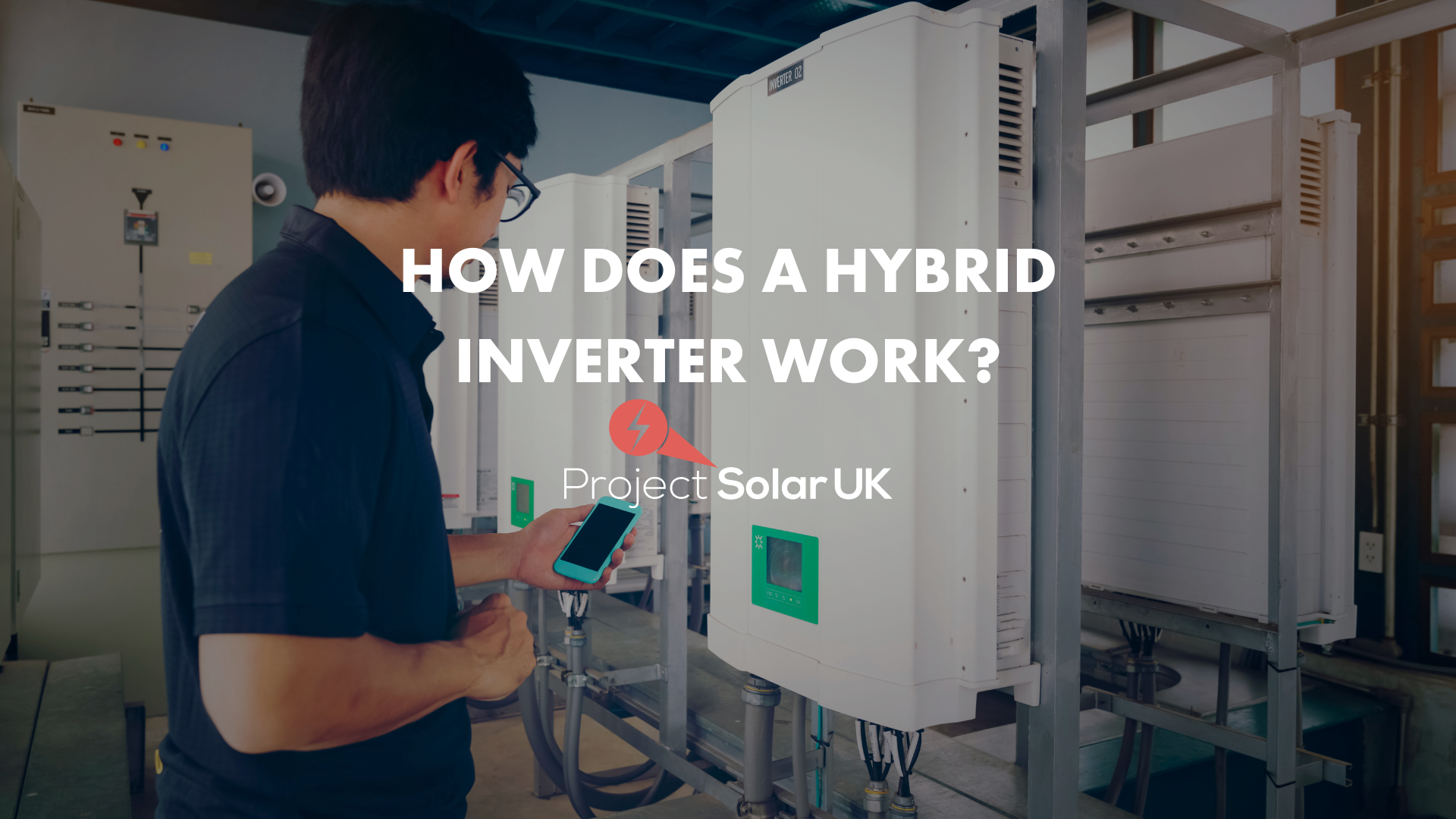How Does A Hybrid Inverter Work?
Investing in a solar photovoltaic (PV) system brings numerous short and long-term advantages. From enhancing energy independence and reducing electricity bills to taking advantage of government incentives, solar panels are a fantastic investment for any home. But beyond the obvious benefits, have you ever wondered how these systems truly work? Specifically, how does a hybrid inverter fit into the equation? A hybrid inverter is the heart of your solar system, converting direct current (DC) electricity generated by your solar panels into usable alternating current (AC). It also has the unique ability to reverse this process, converting AC back into DC when needed. This flexibility allows excess energy to be stored in a solar battery for later use, providing a reliable backup power source. Think of a hybrid inverter as the bridge between your solar panels and your home's energy needs. It takes the raw DC power produced by your panels and transforms it into AC electricity, which powers your appliances and lights. When the sun isn't shining, or during power outages, it can draw energy from a connected battery to keep essential devices running. This dual functionality makes hybrid inverters particularly appealing for those looking to maximize their solar investment. In addition to managing energy flow, hybrid inverters ensure your solar system operates safely and efficiently. By monitoring and optimizing power output, they help you get the most out of your solar panels while protecting against potential issues like overloading or voltage fluctuations. Hybrid inverters don't just convert electricity—they play a crucial role in integrating your solar system with the national grid. Here are some of the key things they do: Solar panels generate electricity using photovoltaic cells, which are made of semiconductor materials. When sunlight hits these cells, it knocks loose electrons, creating a flow of DC electricity. This DC power travels to the hybrid inverter, where it's converted into AC electricity suitable for household use. Any excess energy not immediately consumed can be redirected to a battery for storage, ready to be used when the sun isn't shining. These traditional inverters connect multiple solar panels in series, forming "strings." Each string feeds its DC power into a single inverter, making them cost-effective but less flexible. Performance depends heavily on the weakest panel in the string, so shading or poor positioning can impact overall output. Unlike string inverters, micro inverters are installed on each individual panel. This design ensures that each panel operates independently, eliminating the risk of a single underperforming panel dragging down the whole system. While more expensive upfront, micro inverters offer better performance and reliability in complex installations. Hybrid inverters excel at managing both solar power and battery storage. They coordinate between your solar panels and battery bank, controlling when to charge and discharge stored energy. This capability allows you to store surplus solar energy during peak hours and access it during off-peak periods or emergencies. Similar to micro inverters, power optimizers are attached to each panel. They condition the DC power before sending it to a central string inverter, improving efficiency without the added complexity of individual AC conversion. Power optimizers strike a balance between cost and performance, making them a popular choice for many homeowners. One of the standout features of hybrid inverters is their ability to handle DC coupling. Unlike conventional inverters, hybrid inverters can directly channel DC power to batteries, minimizing conversion losses and preserving energy efficiency. This approach ensures that every watt of solar energy is put to good use. While hybrid inverters may require a higher initial investment compared to basic models, their versatility and cost-saving potential make them an excellent long-term option. Equipped with integrated battery management and performance tracking, these inverters deliver outstanding value for money. Life without electricity can be challenging, especially during unexpected blackouts. A hybrid inverter paired with a solar battery provides a dependable backup solution. Whether it's keeping the fridge running or charging your phone, hybrid inverters ensure you're never left in the dark. Hybrid inverters represent just one piece of the puzzle when it comes to harnessing renewable energy. By storing excess solar power, they provide peace of mind during emergencies and contribute to a cleaner future. If you're considering going solar, there's no better time than now to take the plunge. Ready to explore your options? As industry leaders in solar installation, we'd love to guide you through the process. Contact us today to learn more about how we can help you achieve your energy goals! QW Series Hydraulic Container Shears Qw Series Hydraulic Container Shears,Qw Series Container Metal Shearing Machines,Container Shears,Qw Series Container Metal Shearing Machines Jiangsu nanyuan hydraulic co.,ltd , https://www.nyhydraulic.com
What Exactly Is a Hybrid Inverter?
The Functions of a Hybrid Solar Inverter
How Does a Hybrid Inverter Operate?
Types of Solar Inverters
String Inverters
Micro Inverters
Hybrid Inverters
Power Optimizers
Why Choose a Hybrid Inverter?
Efficient Energy Storage
Budget-Friendly Solution
Uninterrupted Power Supply
Embrace the Solar Revolution